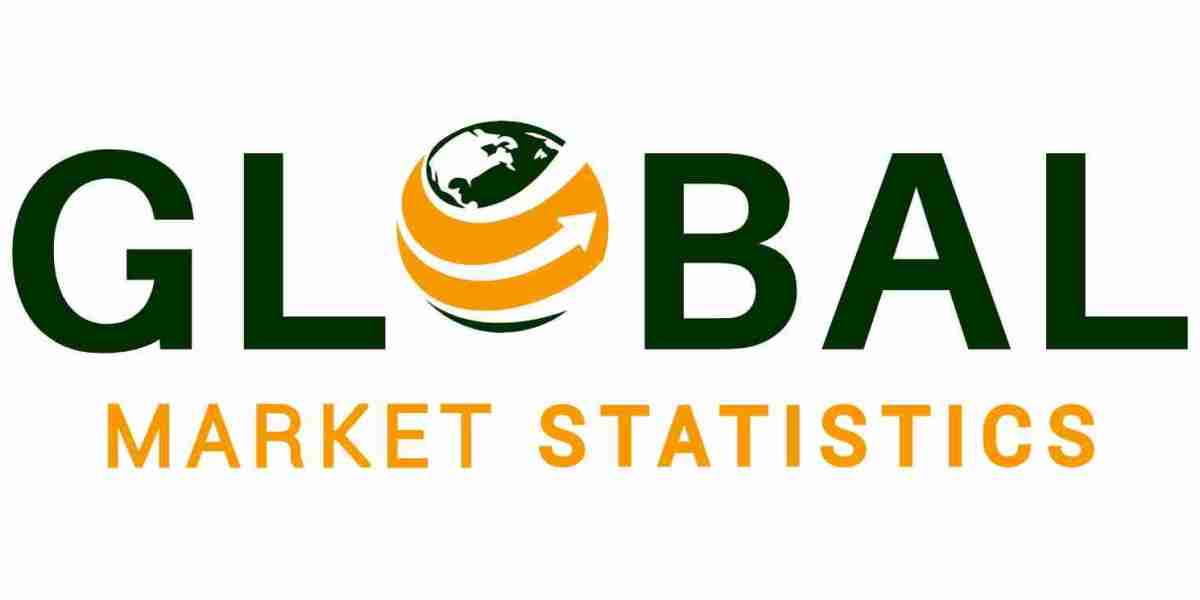The autoimmune disease diagnostics market has been growing steadily over the past few years due to an increasing prevalence of autoimmune disorders and advancements in diagnostic technologies. Autoimmune diseases, which occur when the body’s immune system mistakenly attacks its own healthy cells, include conditions such as rheumatoid arthritis, lupus, multiple sclerosis, and type 1 diabetes. Early and accurate diagnosis of autoimmune diseases is critical for effective management and treatment. However, the autoimmune disease diagnostics market is facing a number of challenges and threats that could impact its growth and development in the coming years.
1. High Cost of Diagnostic Tools
One of the primary threats facing the autoimmune disease diagnostics market is the high cost of diagnostic tools and tests. Many diagnostic procedures used to detect autoimmune disorders, such as enzyme-linked immunosorbent assays (ELISA), immunoassays, and tissue biopsy procedures, can be expensive. These tests often require highly skilled professionals, advanced laboratory equipment, and time-consuming processes, which collectively raise costs. As a result, diagnostic services may become less accessible, especially in low- and middle-income countries, where there is already a lack of healthcare infrastructure.
The high costs also present challenges for healthcare systems in developed nations. The pressure to contain healthcare costs has led to budget constraints, making it difficult for hospitals and clinics to adopt cutting-edge diagnostic technologies. Consequently, the autoimmune disease diagnostics market may see slower adoption and fewer investments in new diagnostic innovations.
2. Limited Awareness and Education
A lack of awareness and education about autoimmune diseases and their diagnostic procedures is another threat to the market. Autoimmune diseases are often misdiagnosed or underdiagnosed due to their complex symptoms, which can mimic those of other conditions. Many patients experience delays in diagnosis, leading to worsened health outcomes. The lack of awareness extends not only to the general population but also to healthcare providers in certain regions.
Raising awareness about autoimmune diseases and their early signs is crucial to improving diagnosis and treatment outcomes. Without proper education and training, healthcare professionals may struggle to correctly identify autoimmune diseases, contributing to the overall market challenge. Furthermore, patients may not be aware of the available diagnostic options, hindering their ability to seek timely and accurate diagnoses.
3. Regulatory Hurdles
The autoimmune disease diagnostics market is heavily influenced by regulatory agencies that set standards for testing devices, diagnostic kits, and procedures. Regulatory hurdles can delay the introduction of innovative diagnostic solutions and increase development costs for manufacturers. The approval process for new diagnostic technologies can be lengthy and complex, requiring rigorous clinical trials and extensive documentation.
Additionally, regulatory requirements vary significantly between regions. In developed countries like the U.S. and Europe, the regulatory landscape is relatively well-defined, but in developing regions, these regulations may not be as comprehensive or well-enforced. This disparity can create challenges for companies looking to expand their market presence globally.
4. Lack of Standardization in Testing Procedures
Another key challenge facing the autoimmune disease diagnostics market is the lack of standardization in testing procedures. With various diagnostic methods available, results may differ depending on the approach used or the laboratory performing the test. This inconsistency in testing procedures can lead to misdiagnosis or incorrect treatment decisions, further complicating the market landscape.
Moreover, standardization in testing can enhance the credibility of diagnostic results and increase the overall confidence in autoimmune disease diagnostics. Efforts to standardize protocols and establish universal guidelines for testing could help improve diagnostic accuracy and reduce the occurrence of errors.
5. Technological Limitations and Data Integration Issues
Despite advancements in technology, there are still limitations in the tools used for autoimmune disease diagnostics. While there is an increasing trend of using molecular diagnostic methods, there are challenges in integrating the vast amounts of data generated by these technologies. Incomplete or inaccurate data can lead to erroneous conclusions, making it difficult to fully rely on technology-based diagnostics.
Furthermore, there is a lack of interoperability between various diagnostic platforms and systems. Laboratories often use different types of testing equipment, making it difficult to aggregate and analyze data effectively. The absence of integrated systems limits the market’s potential to leverage data analytics for more efficient and accurate diagnostic outcomes.
Conclusion
The autoimmune disease diagnostics market is poised for continued growth, but it faces several threats that could hamper its progress. These challenges, including high costs, limited awareness, regulatory obstacles, lack of standardization, and technological limitations, must be addressed to ensure that diagnostic tools for autoimmune diseases become more accessible, affordable, and effective. The future of this market will depend on overcoming these hurdles through innovation, education, and global cooperation.




